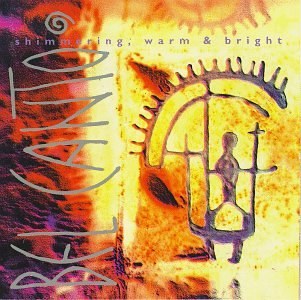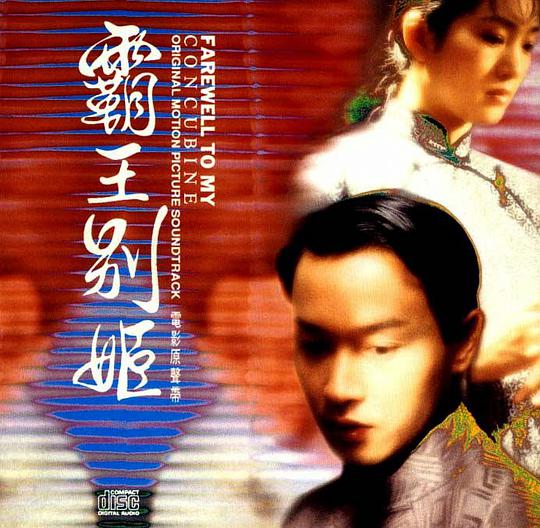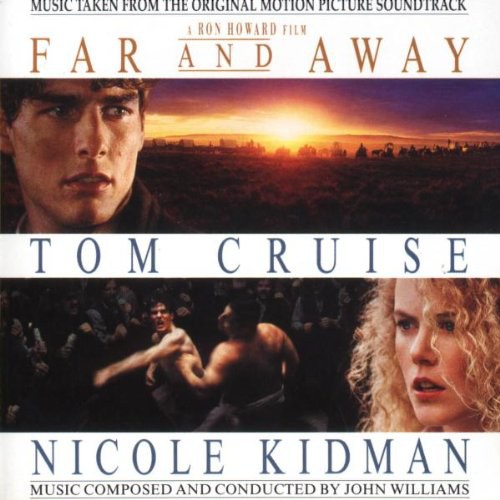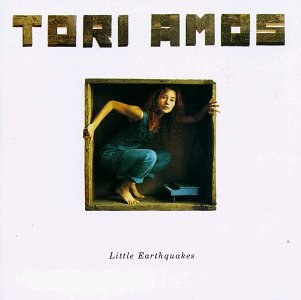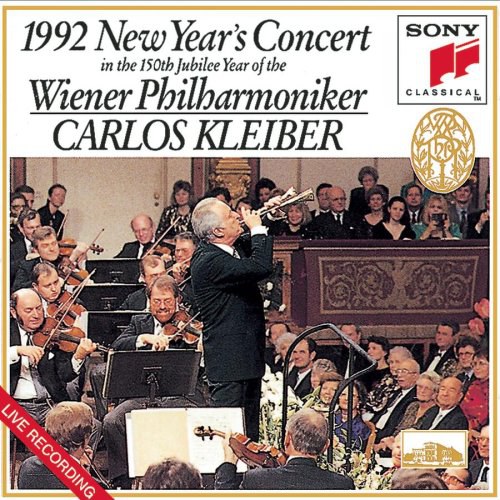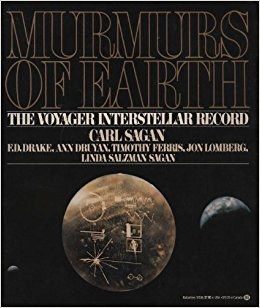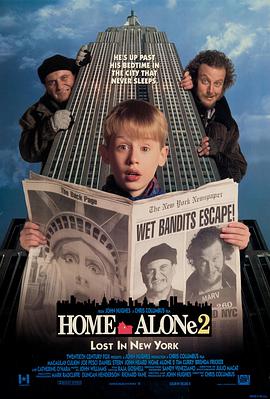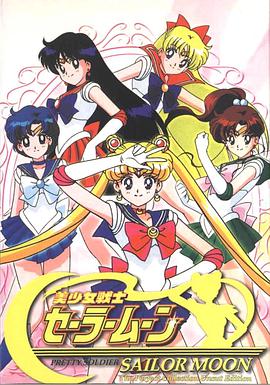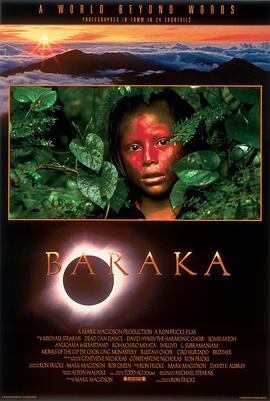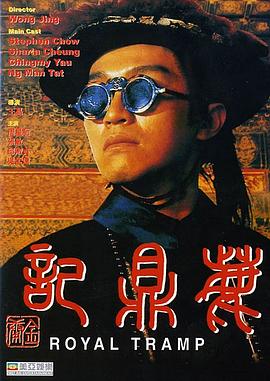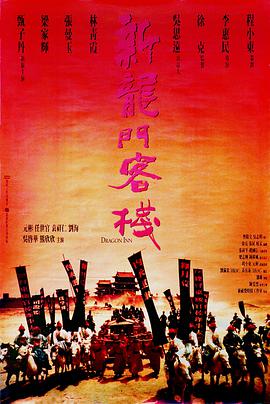In 1977, two extraordinary spacecraft called Voyager were launched to the stars. Affixed to each Voyager craft was a gold-coated copped phonograph record as a message to possible extra-terrestrial civilizations that might encounter the spacecraft in some distant space and time. Each record contained 118 photographs of our planet; almost 90 minutes of the world's greatest music; an evolutionary audio essay on "The Sounds of Earth"; and greetings in almost sixty human languages (and one whale language).
The contents of the record were selected for NASA by a committee chaired by Carl Sagan of Cornell University. The selection of content for the record took almost a year. Sagan and his associates assembled 115 images and a variety of natural sounds, such as those made by surf, wind, thunder and animals (including the songs of birds and whales). To this they added musical selections from different cultures and eras, spoken greetings in 55 ancient and modern languages, other human sounds, like footsteps and laughter (Sagan's), and printed messages from U.S. president Jimmy Carter and U.N. Secretary-General Kurt Waldheim. The record also includes the inspirational message Per aspera ad astra in Morse code.
The musical selection is also varied, featuring artists such as Bach interpreted by Glenn Gould, Mozart, Beethoven, Stravinsky, Azerbaijani folk music by oboe player Kamil Jalilov, Guan Pinghu, Blind Willie Johnson, Chuck Berry, Kesarbai Kerkar and Valya Balkanska, and electronic composer Laurie Spiegel[5]. The inclusion of Berry's "Johnny B. Goode" was controversial, with some claiming that rock music was "adolescent", to which Sagan replied, "There are a lot of adolescents on the planet."The selection of music for the record was completed by a team composed of Carl Sagan, Linda Salzman Sagan, Frank Drake, Ann Druyan, artist Jon Lomberg, and Timothy Ferris, who was an editor for Rolling Stone at the time.
(source:
)
